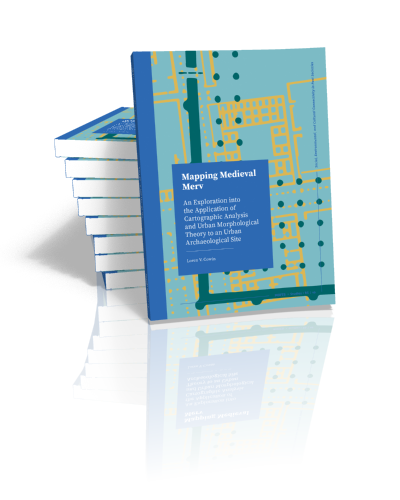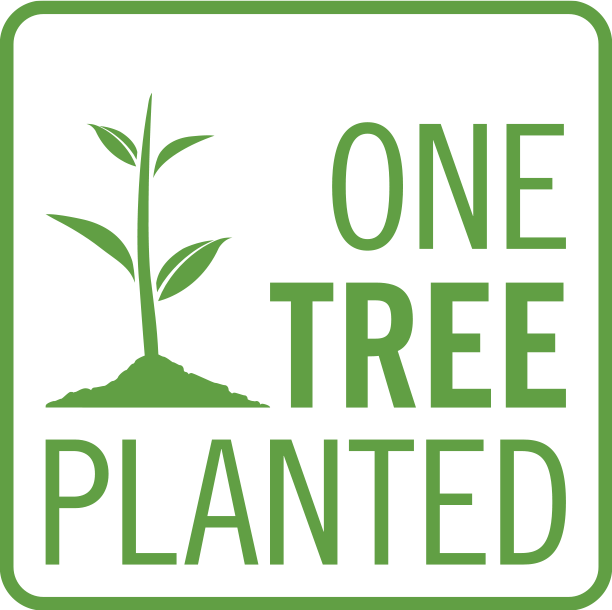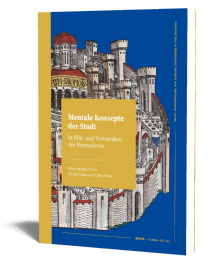Abstract:
Situated within the vast Karakum desert of western Central Asia, the Merv oasis exhibits a trove of archaeological sites, owing to its rich ancient and medieval history. Likely due to its strategic location along the historic Silk Roads, the oasis boasts no less than three distinct urban sites, each corresponding to a different period.
During the Islamic Golden Age (8th-13th centuries CE), the city of Merv flourished as a significant centre of Islamic scholarship and occasionally served as a capital. Unfortunately, its prosperity ended abruptly in 1221 CE when it was sacked by the Mongols. Today, the site known as Sultan Kala remains relatively untouched by modern development, setting it apart from many other early Islamic cities. Consequently, Sultan Kala presents a vast and intricate urban archaeological topography.
What can this topography reveal about the medieval history of Merv? This study employs drone imagery, geographic information systems (GIS), archaeological data, and historical sources to explore the archaeological topography of medieval Merv, with a particular focus on Sultan Kala, and how it reflects the city’s historical layout. Drawing upon concepts from the field of urban morphology and scholarly research on Islamic urbanism, this study seeks to analyse and interpret the city’s form, shedding light on its unique development during the early centuries of Islam. Through this investigation, Merv emerges as a testament to the diversity and evolution of Islamic urbanism in Central Asia during the early medieval period.
Contents
Foreword of the series editors
Preface of the author
Acknowledgements
Chapter 1: Introduction
Chapter 2: Geographic and historical contexts
2.1 Cultural and historic geography
2.2 Site and regional history
Chapter 3: Urban morphology
3.1 Introduction
3.2 Overview of urban morphology
3.3 Defining ‘the city’
3.4 Variation between cities
3.5 Models
3.6 Analytical approaches
Chapter 4: Islamic urbanism and the ‘traditional Islamic city’
4.1 Introduction
4.2 City and settlement concepts in the medieval Islamic world
4.3 Form and arrangement
4.4 Urban elements
4.5 Circulation spaces
4.6 Urban fabric and character
4.7 Regional Islamic urbanism
Chapter 5: Methodology
5.1 Data collection: Aerial and remote sensing data
5.2 Site data
5.3 Data processing, visualisation, and organisation
Chapter 6: Analysis
6.1 Routes
6.2 Open spaces
6.3 Urban fabric and tissues
6.4 Functional and phasal zones
6.5 Caveats
Chapter 7: Discussion
7.1 The topography of Sultan Kala: Its development and evolution
7.2 Assessment of the mapping and the resultant data
Chapter 8: Conclusions
8.1 The utility of urban morphological theory in archaeology
8.2 The evolution of medieval Merv
8.3 Suggestion for further research
Chapter 9: Summary in German / Deutsche Zusammenfassung
References
Appendix
Appendix I: Glossary
Appendix II: Tables
Appendix III: Maps

Dr.
Loren V. Cowin
Loren V. Cowin holds a PhD in Prehistoric and Early Historic Archaeology from the University of Kiel (2023), an MA in Urban Archaeology from University College London (2013), and a BA in Anthropology from the University of California, Los Angeles (2010). His research focuses on the archaeology of urban sites, with a particular interest in the early medieval Islamic period in Central Asia and the Bilad al-Sham.
read more











